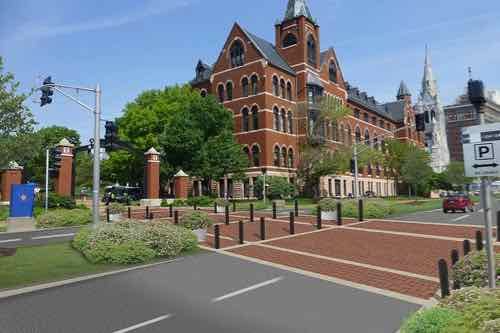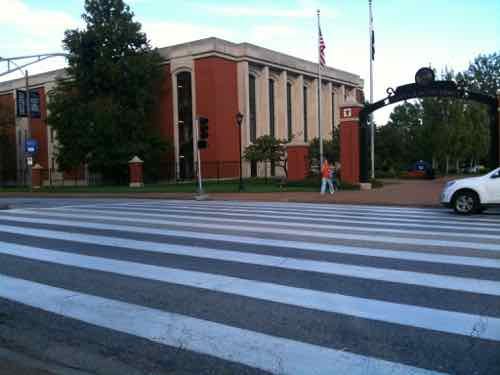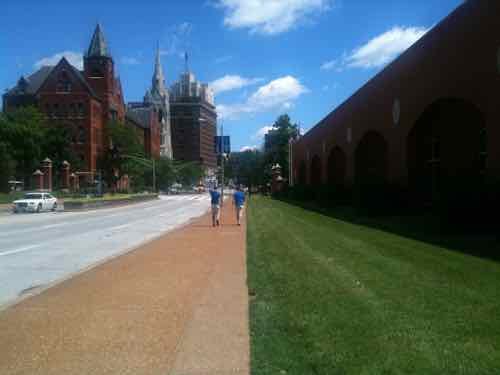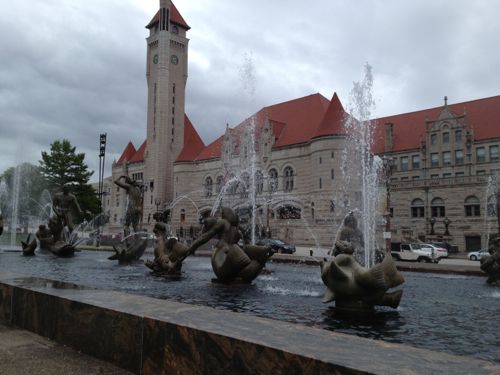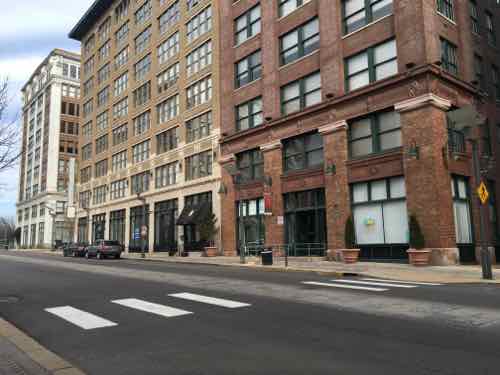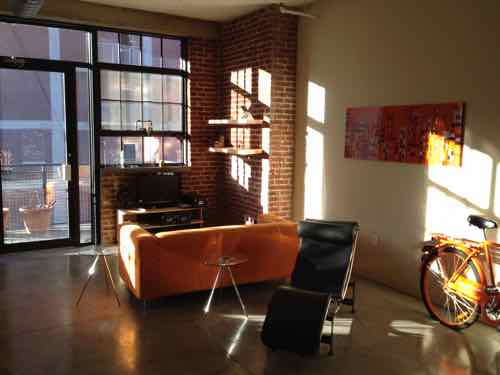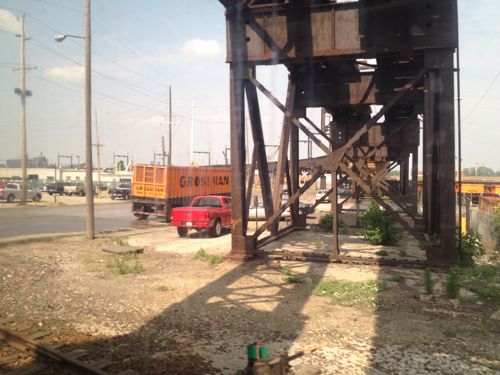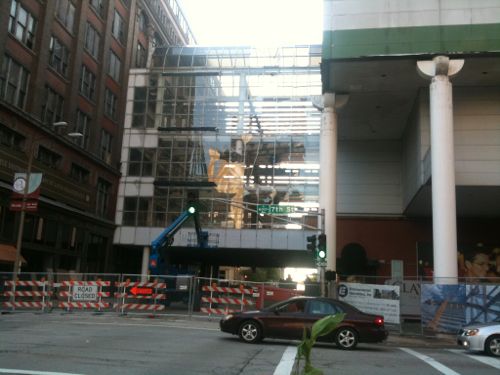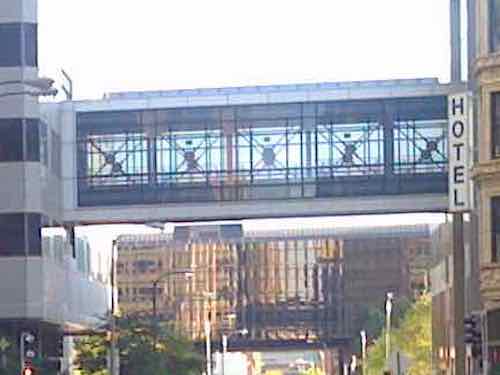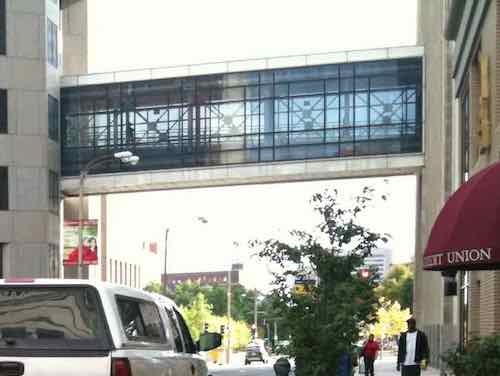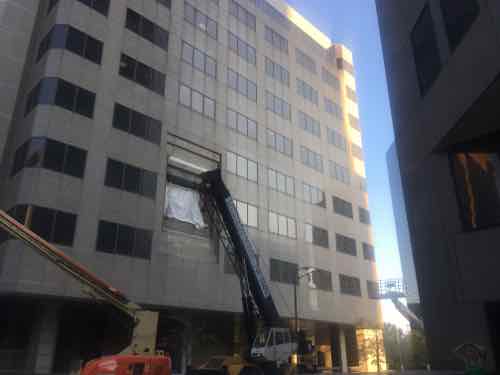Blairmont Became NorthSide Regeneration, Received Blessing of Mayor Slay and a Majority of Aldermen
On Monday I took you back through years of looking into various shell companies involving hundreds of properties, many acres, and lots of secrecy — up to the public reveal in late May 2009. If you missed it, see Before It Was Officially Named NorthSide Regeneration, We Knew It As ‘Blairmont’.
That Fall, during the Board of Aldermen’s 2009-2010 session, two bills (BB218 & BB219) were introduced by then 5th ward alderman April Ford-Griffin and 4 co-sponsors: Freeman M Bosley Sr.(2nd), Kacie Starr Triplett (6th), Phyllis Young (7th), and Marlene E Davis (19th). Of these 5 aldermen, only Marlene Davis is still in office.
These two bills, despite significant public opposition, moved quickly through the Board:
- 10/16/2009 First Reading
- 10/23/2009 Second Reading
- 10/30/2009 Perfection, Third Reading
Online voting records only go back to 2015, so I can’t tell you who, if anyone, voted against these bills.
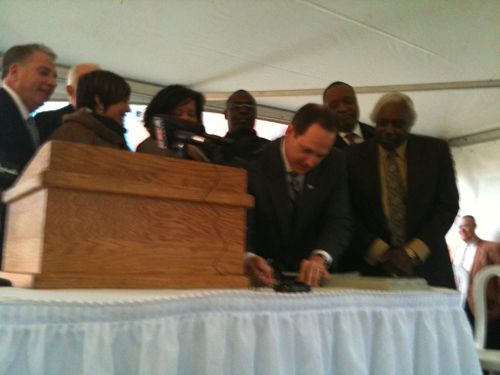
In November 2009 Mayor Francis Slay signed the two bills at an event held in front of the Clemens Mansion, which was going to be rehabbed by state tax credits (low income and/or historic) didn’t come through. The still-vacant property burned on July 12, 2017.
I was there whenPaul McKee & Mayor Slay kicked off NorthSide Regeneration, here’s there comments that day.
The two bills became two ordinances:
After the two bills became ordinances, lawsuits were filed, more legislation passed with more tax credits and so on. In the meantime, the National Geospacial-Itellegence Agency (NGA) picked a sparsely populated area North of the old Pruitt-Igoe site for their new West headquarters, relocating from South St. Louis. See New NGA West Location Will Gut St. Louis Place Neighborhood, Not Revitalize What Remains. As mentioned on Monday, the 5th Ward master plan, adopted in 2002, designed the area for new development.
Wednesdays is when I share the results of the non-scientific Sunday Poll, so here they are:
Q: Agree or disagree: Paul McKee’s Northside Regeneration project was the only hope for reviving much of North St. Louis
- Strongly agree 4 [11.11%]
- Agree 0 [0%]
- Somewhat agree 16 [16.67%]
- Neither agree or disagree 1 [2.78%]
- Somewhat disagree 1 [2.78%]
- Disagree 5 [13.89%]
- Strongly disagree 19 [52.78%]
- Unsure/No Answer 0 [0%]
I’d planned to share my thoughts on what St. Louis should do next now that McKee’s project has collapsed, but that’ll need a separate post. So Monday won’t be about all the issues frim the past 15 years…it’ll be about the next 15 years as I think they should go.
— Steve Patterson
